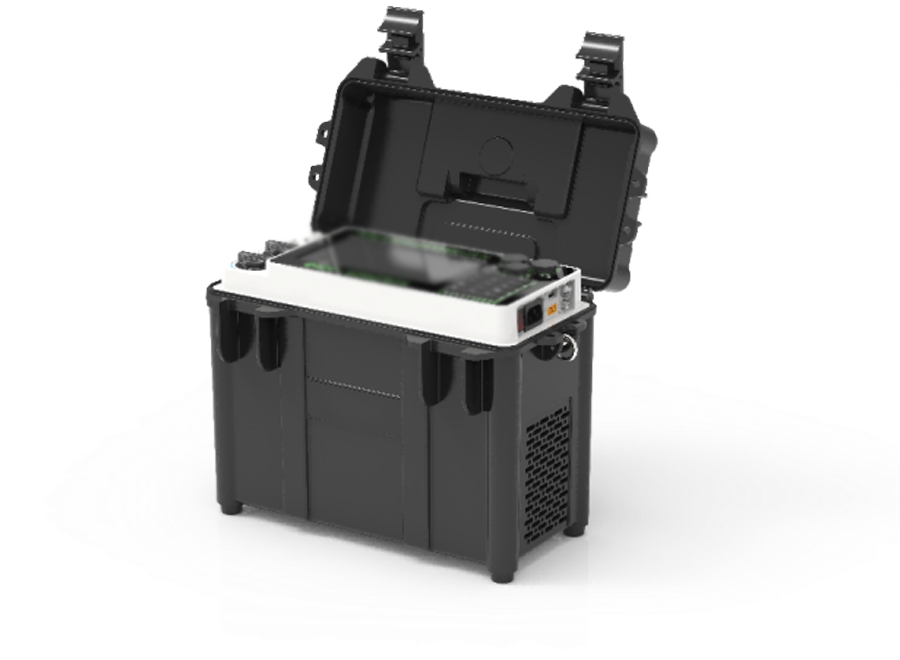
Product Introduction
The Flue Gas and Particulate Matter Concentration Tester is a portable detection device that integrates particulate matter sampling, particulate concentration measurement, flue gas pollutant sampling, and flue gas pollutant concentration measurement. The tester has upgraded its measurement and control system, resulting in improved stability and precision.
Get a quoteMain Features
A single device can perform various functions, including gravimetric sampling of particulate matter, beta-ray concentration measurement, electrochemical flue gas measurement, and liquid absorption flue gas sampling.
Direct reading of particulate matter concentration is enabled without the need for additional adapters, with concentration displayed on-site.
Equipped with a high-capacity, high-flow, moisture-resistant particulate sampling pump, offering a wide flow range, patented vibration reduction and noise suppression technology, ensuring quiet and stable sampling.
Accurate low-temperature flue gas measurement with fast response.
The software intelligently recognizes accessories, supporting simultaneous measurement and preheating preparation for convenience and speed.
The smoke probe features a single cable connection, eliminating the need for a separate pitot tube connection.
Dual power sources provide protection against power loss, ensuring safer data protection.
Target Customers
This device is suitable for environmental monitoring agencies at all levels, emergency regulatory departments, research institutions, and various boiler emission enterprises, including chemical plants, power plants, cement factories, lime plants, smelting factories, textile mills, and waste incineration facilities.
Application
The Flue Gas and Particulate Matter Concentration Tester is applicable for testing the concentration and total emissions of particulate matter from fixed pollution sources, determining exhaust duct parameters (dynamic pressure, static pressure, temperature, flow rate, standard flow volume, etc.), measuring flue gas oxygen content and air excess coefficient, evaluating and calibrating the accuracy of continuous particulate measurements, quantifying SO2 and NOx emissions from various boilers and industrial furnaces (including equivalent concentrations and total emissions), assessing desulfurization and denitrification efficiency, as well as conducting inspections by environmental enforcement agencies, and supporting research and teaching activities in scientific and educational departments.
